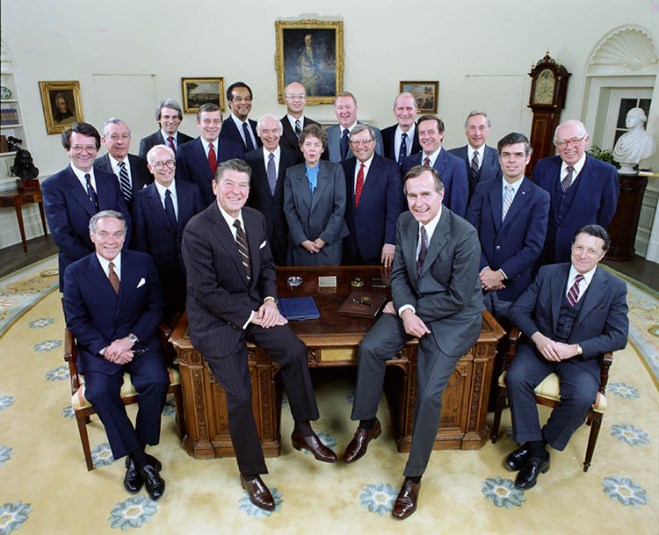I had a discussion with two friends about state funerals. They thought stopping mail delivery and otherwise closing the federal agencies was excessive; I thought it was a matter of respect that we didn’t have business as usual. Yes, it costs – particularly suspending the mail just as we enter the busy holiday season – but for me cost is not a factor. I don’t think I convinced them and they certainly didn’t convict me. We had a civil discussion on FB and agreed to disagree. But the discussion got me thinking about what we owe our former presidents when they die.
The first presidential funeral I actually remember was John Kennedy’s. I can see to this day the riderless horse and young John’s salute in procession. I’m pretty sure that everything shut down for a few days. I know we had no school. And this was different because JFK was assassinated.
I went searching for what is considered “normal” for former presidents and found a Washington Post story about Richard Nixon’s funeral. Of course he did not get to lie in state in the Capitol Rotunda, but had a service at his Presidential Library. The Post explained Bill Clinton’s decision to suspend mail delivery and close government offices
The Clinton administration’s decision to close the federal government Wednesday in honor of Richard M. Nixon will cost taxpayers millions of dollars, but it follows the precedent of at least the past four presidential funerals.
Administration officials yesterday said the government was shut down for the funerals of John F. Kennedy, Dwight D. Eisenhower, Harry S. Truman and Lyndon B. Johnson, citing those closings as the basis for President Clinton’s decision to do the same for the Nixon funeral.
So what happened yesterday for George H.W. Bush was following a modern day tradition.
Also following tradition was the attendance of all the living Presidents. Another one of my friend’s referred to this as The President’s Club. According to the New York Times, they don’t gather often, mostly at funerals.
 President George W. Bush sat with his family out of frame.
President George W. Bush sat with his family out of frame.
Note the Vice Presidents in the row behind the Presidents. I think this is a remarkable photograph. Another one of my favorites photographs of the President’s Club is the gathering in the Oval Office when George W. Bush invited them before Barack Obama took office. (I’ve always wondered what was going through Jimmy Carter’s mind!)

To get back to Presidential Funerals I think we model them after the English traditions. We don’t have a monarchy, but we do have a head of state who combines elements of both royalty and the governing powers of a prime minister. It doesn’t matter if we agreed with a President’s politics, I believe we owe them a measure of respect for their service to the country. We will probably continue to close the federal government, suspend mail delivery, and fly flags at half staff. Presidents (with one potential exception) will continue to lie in state in the Capitol Rotunda and many will have services at the National Cathedral. And I, for one, don’t think this continued adherence to tradition to be a bad thing.
Photographs: Doug Mills/The New York Times








